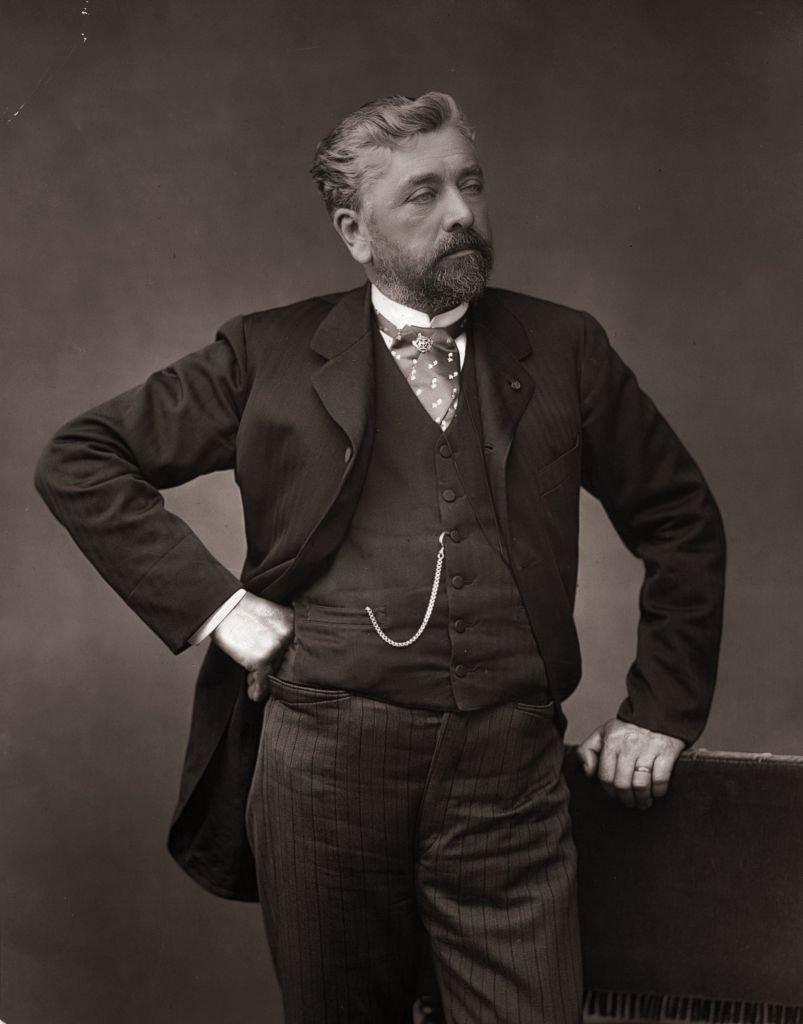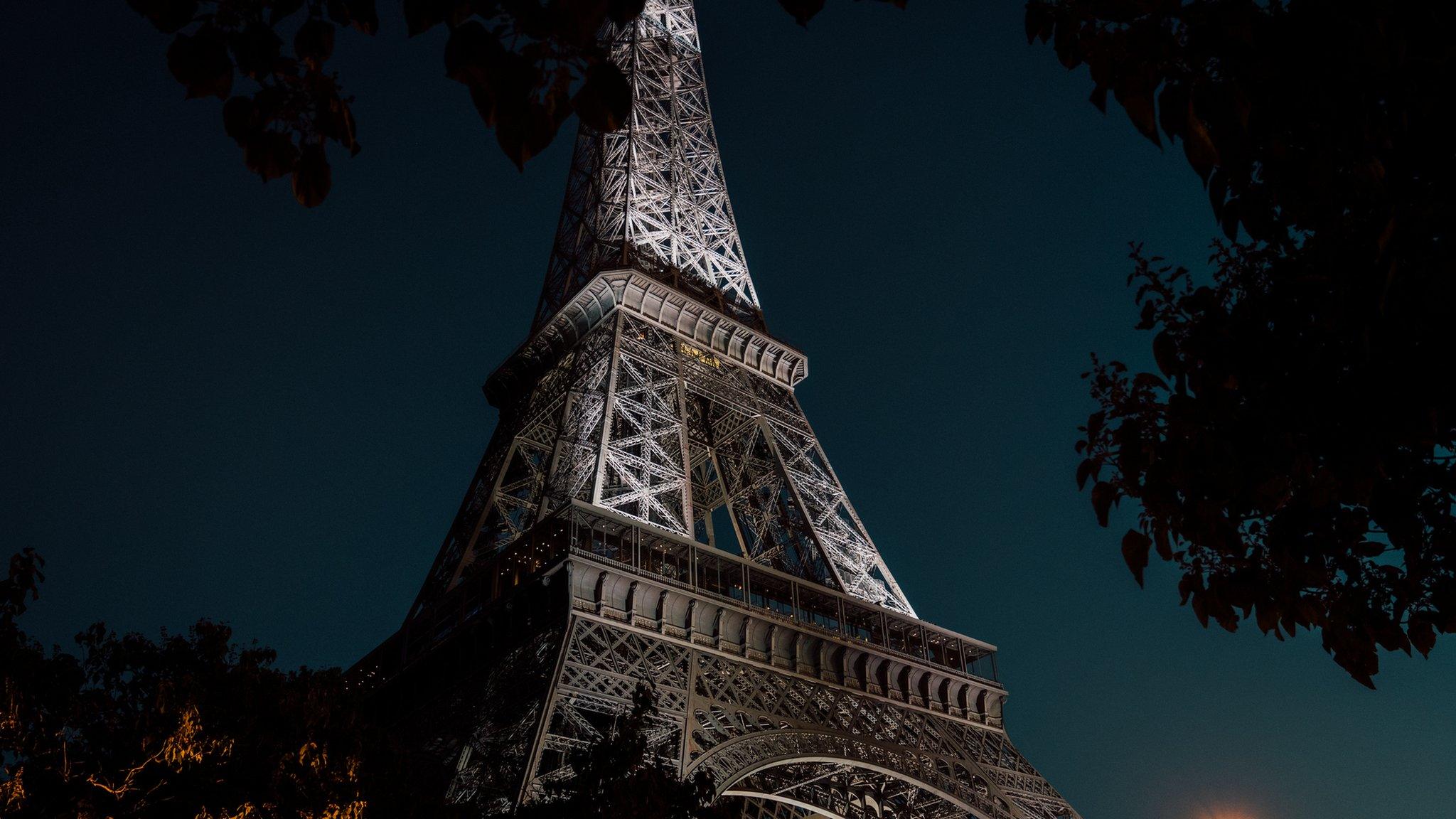France: Eiffel Tower staff strike on centenary of creator's death
- Published

The Eiffel Tower in Paris closed to the public on Wednesday because of a strike by staff.
Employees were protesting about the way the Tower was being managed, France's powerful CGT union said.
The date of their strike was not picked at random: 27 December is the centenary of the death of the tower's creator, Gustave Eiffel.
A visionary French engineer and entrepreneur, Eiffel died on this day in 1923, at the age of 91.
Completed in 1889, the so-called Iron Lady remains one of the world's prime tourist attractions, attracting 5.85 million visitors last year, 7% of them from the UK alone.
Tower operator SETE apologised for the strike, which it said was due to part of the staff, adding that the esplanade beneath and surrounding the structure remained open. Any visitors with electronic tickets should check their email, it said.
The hard-left CGT union said that staff had decided on a strike because SETE was "heading for disaster", with an economic model that was "over-ambitious and untenable", under-estimating the annual number of visitors as well as the costs of maintenance and renovation.
The top floor of the Eiffel Tower is due to close next month for an annual makeover lasting several weeks.
The strike will not dampen the spirits of those who want to celebrate the iconic monument and the centenary of its creator's death.
A sound and light concert will be broadcast on TV and social media on Wednesday night from the first floor of the Tower, as a tribute to Gustave Eiffel.
French President Emmanuel Macron paid homage to the engineer in a post on X, formerly Twitter, external: "100 years since Gustave Eiffel left us. But his legacy to the world is very much alive!"
Eiffel, a civil engineer, made his name building bridges and viaducts for the French railway network and contributed to the building of the Statue of Liberty.
However, he was best known for the tower, which was designed to show off France's modern industrial prowess on a world stage, as the centrepiece of the 1889 Paris Exposition, or world's fair.
Built in little more than two years, it was at the time the tallest building in the world and soon became a defining image of the French capital.

Gustave Eiffel: 15 December 1832 - 27 December 1923
- Published15 August 2023
